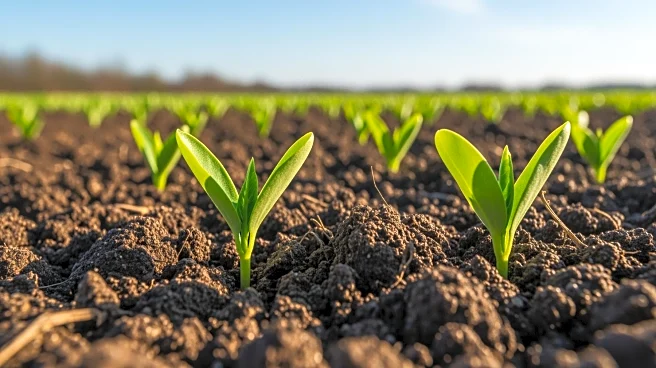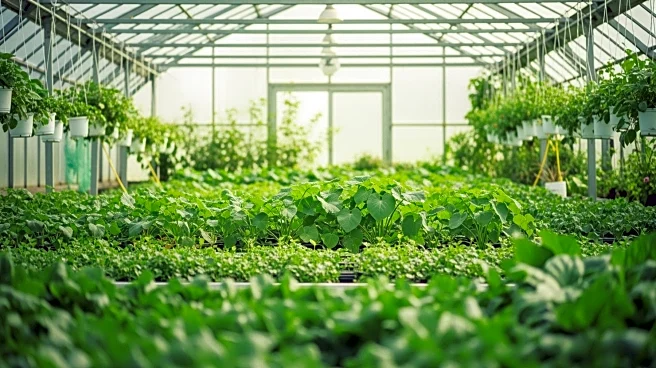What's Happening?
A comprehensive study has been conducted to evaluate the water resources carrying capacity (WRCC) in the Changbai mountain headwater region using a cloud model and geodetector approach. The study assessed
WRCC levels across four regions from 2013 to 2022, revealing spatial and temporal variations. Fusong County, Jingyu County, Changbai Korean Autonomous County, and Linjiang City were analyzed, with findings indicating fluctuating WRCC levels influenced by local government policies, industrial development, and ecological conservation efforts. The study utilized various indicators, including water consumption per GDP, household water quota, and precipitation, to determine WRCC levels.
Why It's Important?
Understanding WRCC is crucial for sustainable water resource management, especially in regions with varying hydrological and geographic conditions. The study's findings can inform policy decisions regarding water allocation, infrastructure development, and ecological conservation. Effective management of water resources is essential for supporting regional development, preventing resource depletion, and ensuring environmental sustainability.
What's Next?
The study suggests that future strategies should focus on optimizing industrial structures and promoting efficient water use to sustain WRCC improvements. Policymakers may need to enhance water-saving technologies, improve infrastructure, and implement environmental governance measures to address the challenges identified in the study.
Beyond the Headlines
The study highlights the importance of coordinated regional development and the role of economic transformation in enhancing WRCC. The findings underscore the need for integrated approaches that balance economic growth with ecological preservation, ensuring long-term sustainability of water resources.











